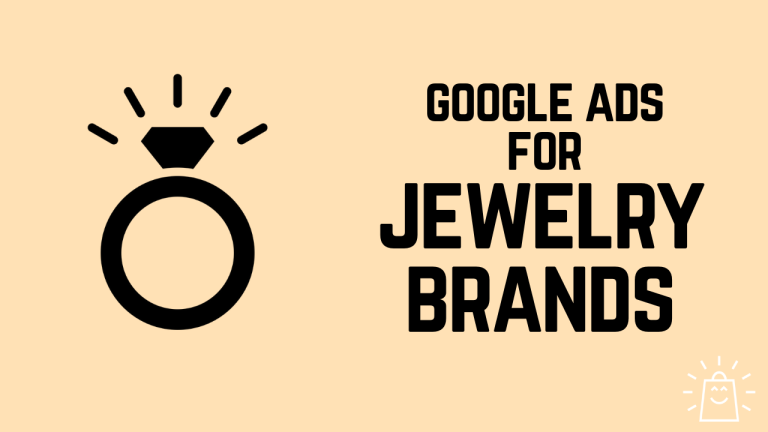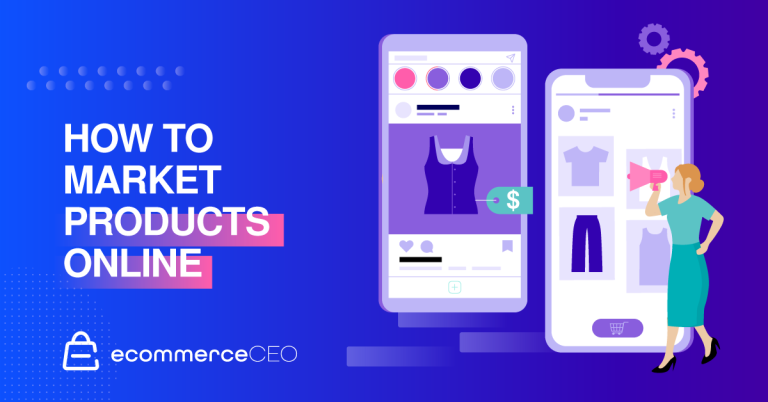 Author By Miva |
Author By Miva |- Posted on
- • July 21, 2020

Many digital-native companies, ecommerce startups, and legacy brands have found great success with the direct-to-consumer (DTC) model. These brands have connected to their potential and existing customers by developing a seamless shopping experience, fulfilling buyer needs, and building lasting relationships. As marketplaces like Amazon struggle with fulfillment and retail stores face closure, a DTC model allows companies to take control of their distribution and carve out a unique space on the market. Even major brands like PepsiCo have adopted the direct-to-consumer model to meet changing market needs.
Although selling direct has many benefits, there are marketing challenges to overcome when adopting a direct model. While shoppers may have purchased your products from other sellers, they haven’t had the experience of buying from your site directly. Your business has to completely shift your marketing to address the consumer directly. In this article, we discuss what matters most in direct-to-consumer marketing and how to succeed as a digital-first brand.
Direct-to-Consumer Marketing: Learn From the Best
To overcome the challenges of going DTC, your marketing mix will need to increase product interest, improve your buying experience, and build retention among shoppers. The most successful DTC companies often use brand storytelling, digital marketing channels, and unconventional strategies to gain traction and improve their relationships with customers.
Here are examples of successful marketing seen in major DTC brands:
Leverage User-Generated Content
The first step for any DTC business is to capture the attention of shoppers. User-generated content is an effective, budget-friendly marketing technique to drive awareness to your brand, encouraging customers to buy and share your product and sparking engagement with other prospective customers.
Who Does It Right: BarkBox
BarkBox leverages a highly effective user-generated content strategy. They encourage customers to share unboxing videos from their curated dog treat subscription boxes, which helps them gain positive exposure.
Take a Content-First Approach
In a disrupted economy, a content-first approach is key to reducing ad spend and scaling your marketing efforts. Content marketing can create a community of engaged customers that provides valuable input, sustains your business, and allows you to scale.
Who Does It Right: Glossier
Content is one of the factors behind Glossier’s success. Their online beauty publication Into the Gloss and curated content on social media helps their community to come together around shared interests in the beauty space. This customer-centric approach has led to new product ideas and content inspiration that have helped propel their online sales.
Keep Customer Engagement After the Sale
It’s easy to lose a customer’s attention after a sale is made and they navigate away from your site. Retain customers and keep your brand at top of mind by creating a post-sale communication strategy.
Who Does It Right: Bloomscape
This indoor plant seller supplies a rich library of videos, plant care guides, and a unique onboarding kit to help customers care for their houseplants. This engages customers and opens the door for building loyalty and gaining repeat business.
Ready to Learn More?
To learn more about ecommerce marketing and how to promote your brand, check out our guide to creating a marketing engine.




